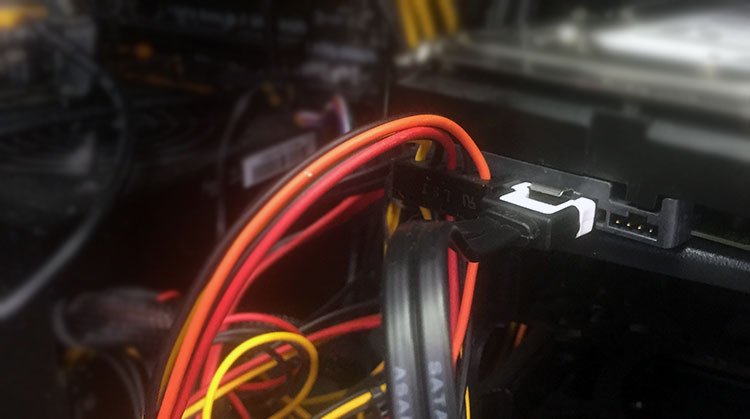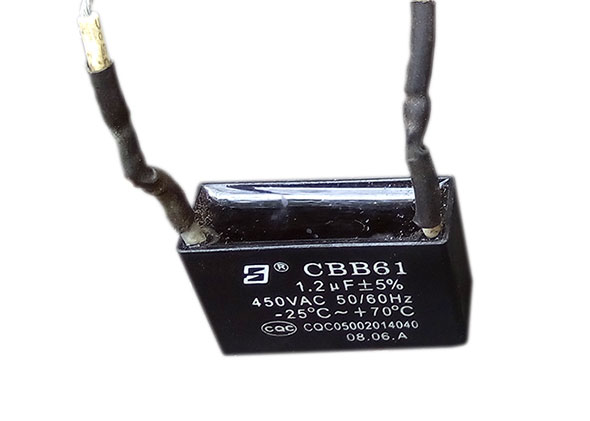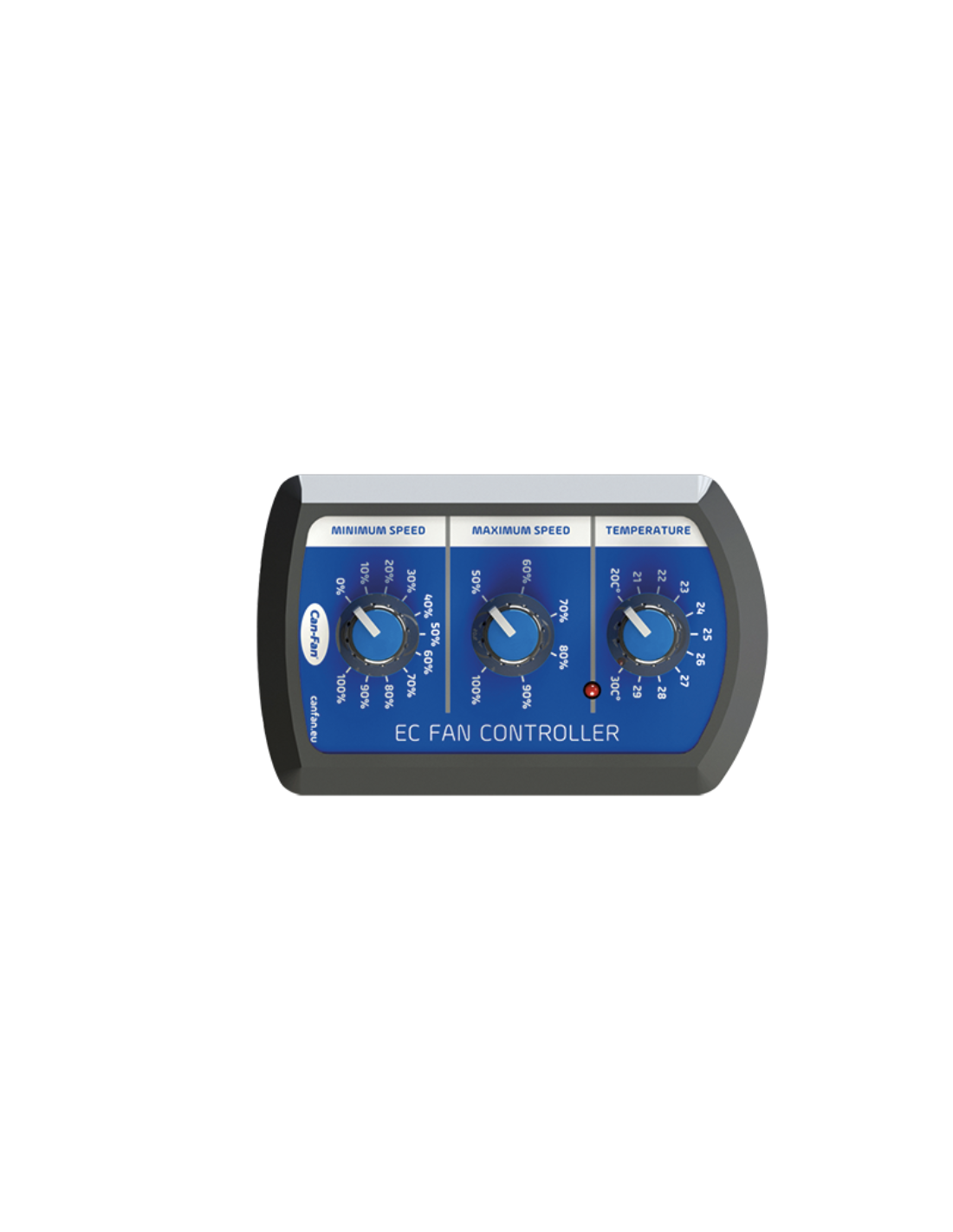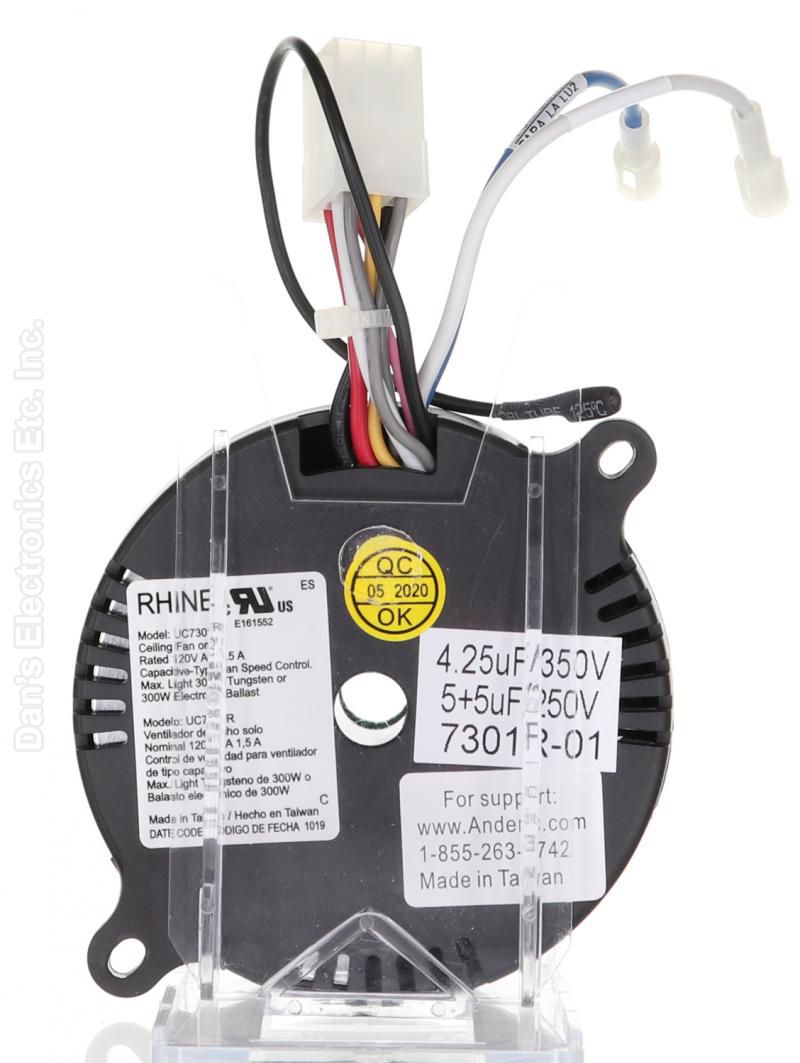If your kitchen ceiling fan suddenly stops working, the first thing to check is the circuit breaker. It is possible that the breaker has tripped and needs to be reset. Look for the breaker labeled "ceiling fan" or "kitchen" and flip it back on if it has been tripped. If the breaker keeps tripping, it may be a sign of a larger electrical issue and you should call a professional for assistance.Check the circuit breaker
Another common cause of a kitchen ceiling fan not working is faulty wiring. Over time, the wires connected to the fan can become loose or damaged, causing the fan to stop working. Turn off the power to the fan and carefully inspect the wiring for any signs of damage. If you notice any frayed or loose wires, they will need to be replaced or reconnected by a qualified electrician.Check the wiring
If the circuit breaker and wiring seem to be in good working order, the next step is to check the fan motor. Over time, the motor can become worn out or damaged, causing the fan to stop working. To check the motor, you will need to remove the fan cover and visually inspect it. If you notice any signs of damage, such as burnt wires or a broken motor, it will need to be replaced.Check the fan motor
The fan capacitor is a small electrical component that helps the fan motor to start and run smoothly. If the capacitor becomes faulty, the fan may stop working. To check the capacitor, turn off the power to the fan and carefully remove the cover. Look for any signs of damage, such as bulging or leaking, and if you notice any, it will need to be replaced.Check the fan capacitor
The fan switch is the component that controls the fan's speed and direction. If the switch becomes faulty, it can prevent the fan from working. Use a voltage tester to check if the switch is receiving power. If it is not, you will need to replace the switch. If the switch is receiving power, but the fan is still not working, it may be a sign of a larger issue and you should call a professional for assistance.Check the fan switch
If your kitchen ceiling fan is operated by a remote control, the remote may be the culprit for the fan not working. Check the batteries in the remote and replace them if needed. If the remote still does not work, it may need to be replaced. You can also try resetting the remote by removing the batteries for a few minutes and then replacing them.Check the fan remote
If your fan has a remote control, it also has a receiver that receives the signal from the remote. If the receiver becomes faulty, the fan will not work. You can check the receiver with a voltage tester to see if it is receiving power. If it is not, it will need to be replaced.Check the fan receiver
If your kitchen ceiling fan has a pull chain to control the speed and direction, the chain may have become disconnected or broken. Check the chain to see if it is still connected to the switch on the fan and if it is not, it will need to be reconnected. If the chain is broken, it will need to be replaced.Check the fan pull chain
The fan blades may seem like an obvious component to check, but sometimes they can become loose or unbalanced, causing the fan to stop working. Turn off the power to the fan and carefully inspect the blades. If you notice any loose or damaged blades, tighten them or replace them if needed.Check the fan blades
The final component to check is the fan mounting bracket. Over time, the bracket can become loose or damaged, causing the fan to stop working. Check the bracket to see if it is securely attached to the ceiling and if it is not, tighten it. If the bracket is damaged, it may need to be replaced. In conclusion, there are many reasons why your kitchen ceiling fan may have stopped working, but by following these steps, you should be able to identify and fix the issue. If you are uncomfortable working with electrical components or if the fan still does not work after checking all of these components, it is best to call a professional electrician for assistance. A properly functioning ceiling fan is not only important for air circulation, but it can also help to reduce energy costs. So, don't delay in fixing any issues with your kitchen ceiling fan.Check the fan mounting bracket
The Importance of a Functional Kitchen Ceiling Fan
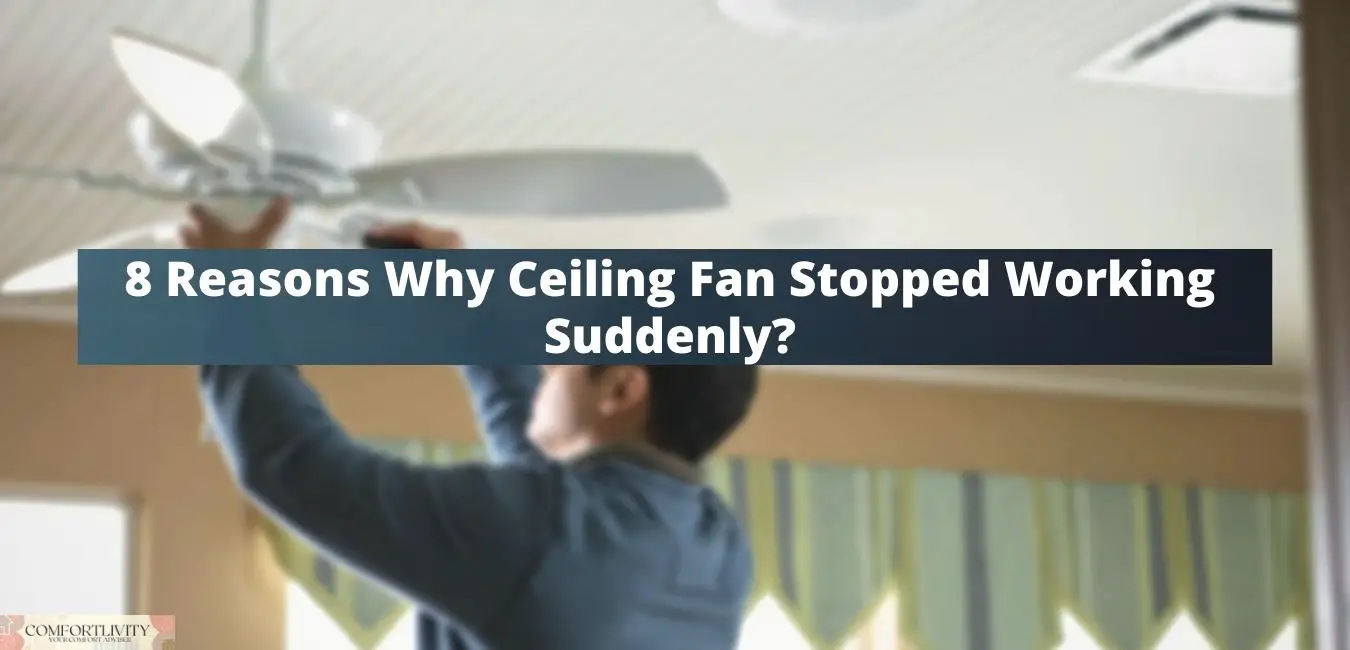
The kitchen is the heart of any home, and having a comfortable and efficient space is essential for a good cooking and dining experience. One vital component of a well-designed kitchen is a functional ceiling fan. Not only does it provide a source of air circulation, but it also helps to cool down the room and remove unpleasant cooking smells. So, when your kitchen ceiling fan suddenly stops working, it can be quite a frustrating experience.

If you're experiencing the problem of a kitchen ceiling fan that has stopped working, but the light still functions, there are a few possible reasons for this issue. One of the most common reasons is a blown fuse or tripped circuit breaker. This can be easily fixed by checking the fuse box and replacing any blown fuses or resetting the circuit breaker. However, if the problem persists, it could be due to a more significant issue with the fan itself.
Another common cause of a malfunctioning kitchen ceiling fan is a faulty motor. Over time, the motor can wear out or become damaged, causing the fan to stop working. In this case, it's best to call a professional electrician to assess the situation and replace the motor if necessary. Attempting to fix the motor yourself can be dangerous and should be avoided.
Additionally, a faulty wiring connection can also be the culprit behind a kitchen ceiling fan that has stopped working. This can happen due to wear and tear or improper installation. It's essential to have a qualified electrician inspect the wiring and make any necessary repairs to ensure the safety and functionality of your ceiling fan.
Lastly, if your kitchen ceiling fan has a remote control, the issue may be as simple as replacing the batteries. Over time, batteries can lose their charge, causing the remote control to stop functioning. By replacing the batteries, you may be able to solve the problem without any additional cost or repairs.
In conclusion, a functional kitchen ceiling fan is an essential element of a well-designed kitchen. Not only does it provide air circulation and cooling, but it also helps to remove unpleasant odors. If your kitchen ceiling fan has stopped working, there are a few potential reasons for this issue, including a blown fuse, faulty motor, wiring problems, or dead batteries in the remote control. By addressing these issues, you can ensure that your kitchen remains a comfortable and enjoyable space for cooking and dining.








:max_bytes(150000):strip_icc()/circuit-breakers-how-to-reset-a-circuit-breaker-1152756-hero-e69fdfecd2d64a06800fa0f77089c98f.jpg)






